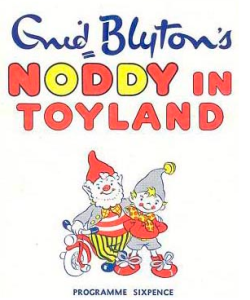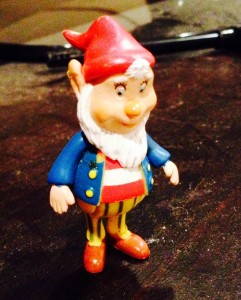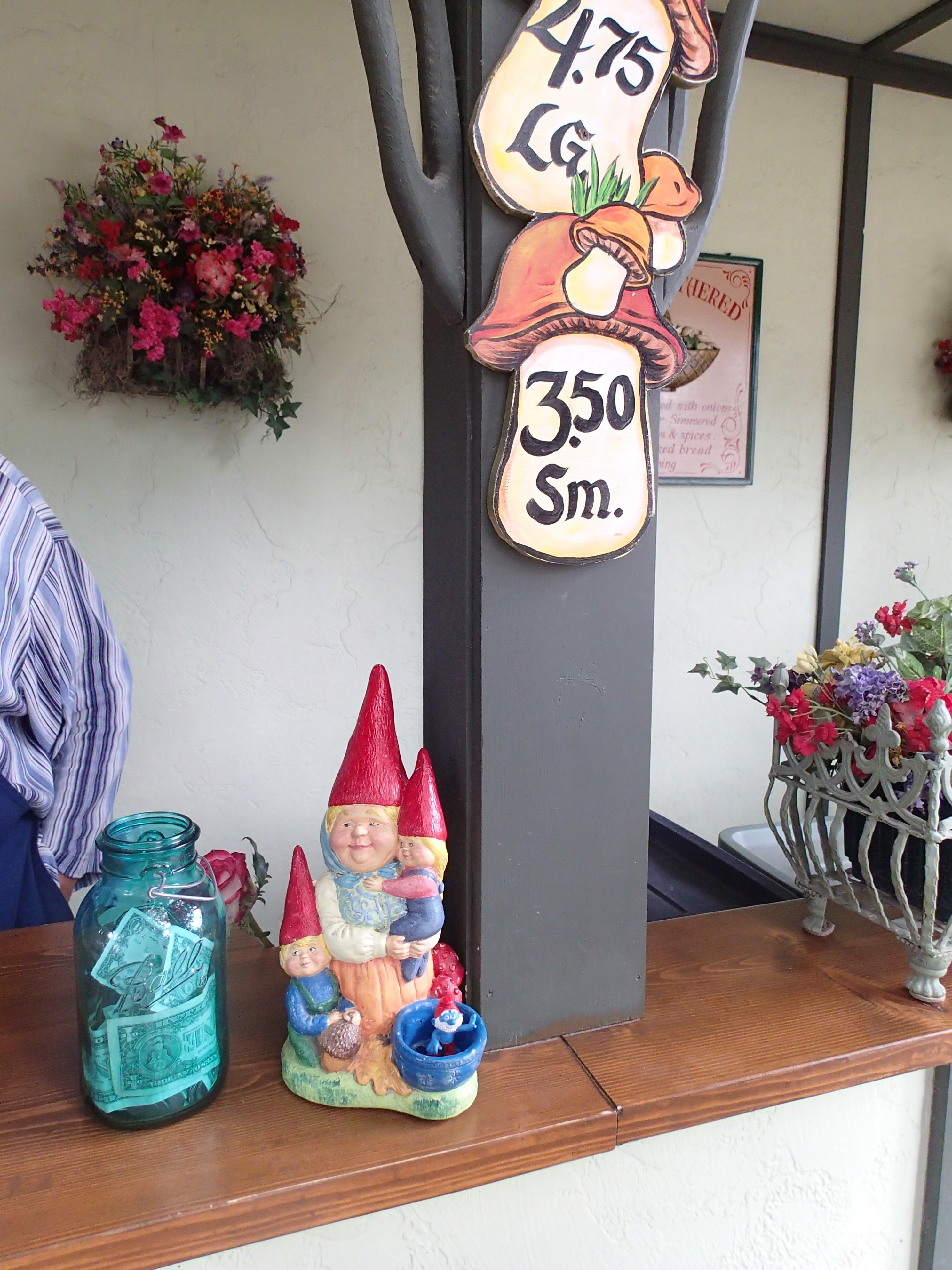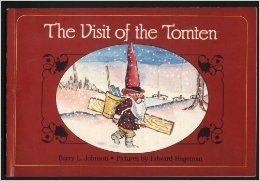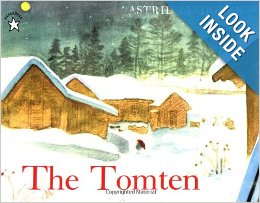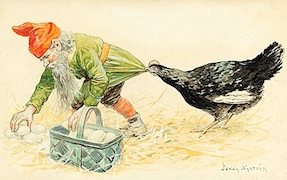If you’re anything like me, you love to read…especially if those books feature GNOMES as the heroes. I recently met a UK-based author named Jan McCarthy who has written a series of gnome novels published on Amazon. Her husband’s gnome garden inspired her to write about gnomes, and Jan has even created her own Gnomish language. Here’s an example: Breganti ash, muntili! (Translates as May your clan flourish, friend of gnomes!)
To better understand Jan’s connection to gnomes and how she writes about them, I asked her a few questions to learn more!
1.) Can you tell me about your husband’s gnome garden and why it inspired you to write about gnomes?
“Terry and I took over a community garden and one of the features was a spiral herb garden. He hadn’t had his own garden for a number of years, having worked as a chef in the Canary Islands, and straight away insisted on gnomes being added! We began with the four Blackthorn brothers and others were added whenever we found them or received them as gifts. They all have tree clans, special talents and unique characters.”
2.) What is it about gnomes that makes them such wonderful characters in your books?
“My gnome characters have a tremendous closeness to each other and to the natural environment. They know how to live the good life, yet at the same to “walk the humble walk” as they tread the earth. They are wise, funny, brave and resourceful.”
3.) How did you create the Gnomish language, and why is it important that gnomes have their own language in your books?
“When I wrote the first chapter of The Great and The Small in which hero Archie Prescott gets to hear the gnomes speak, they naturally spoke English a little awkwardly, which added to their charm. That prompted me to think that they must be Gnomish speakers. Gnomish is important, because it is something that illustrates their distinctive culture and history, I think. For example, when they say farewell, their word is ‘Flabbaaray’ but to express emotion at parting, they can stretch the word out: ‘Flabbaaaaaaaraaaaaaay!’ Thus, they can keep control over their emotions, but let the person they are parting from know how sad they are.”
4.) What is one challenge that you’ve come across while writing about gnomes?
“Ha! I love this question! It’s remembering the relationships and interactions and things in their belief system across all my books. I’ve had to write all that down so I don’t make mistakes. Also, showing how they – especially the younger gnomes under 500 years old – develop in their use of English and learn to use digital technology!”
5.) Anything else you’d like to add?
“I often imagine I’m speaking to one of my gnomes – Nigel Blackthorn especially – when I’m working on plot, and funnily enough in real life too! Faced with a problem or a conundrum, I ask Nigel (who is a rigorous thinker and doesn’t put up with any nonsense or excuses) what I should do. Funny how real your characters can become when you invest in them.”
You can learn more about Jan and her work on her website, www.janmccarthyauthor.com, and her Amazon page, https://www.amazon.co.uk/Jan-McCarthy/e/B013YN8BSC. As a final fascinating note, there are no female gnomes in Jan’s version of events. She explains the lack of lady gnomes in her books like this:
“Gnomes mate with their clan tree by means of a tiny tree root into their tummy button. The tall hat is an incubator for the gnomeling, which grows out of the top of the father gnome’s head. A bit like the goddess Minerva. It occurred to me that a gnome wouldn’t wear a tall hat to look taller or more important.”





